Of these species, the Mountain Bluebird is the most common. Identifying the other species requires experience.
As your comfort with identifying the more common species increases, you will eventually make finer distinctions. This usually take the form of seeing a "House Finch" that "doesn't look quite right". After a while it sinks in that you are seeing a Cassin's Finch.
The path to those "finer distinctions" requires tuning in to the details of the birds you are viewing. What is the shape of the bill? Is there an eye-ring? How long is the tail? How would you describe the bird's face pattern? Is the breast streaked or clear?
Looking closely like this will lead to seeing other interesting details like what the bird is eating or how a bird cleans its bill on a tree branch.
English Name:
Genus species: | Comments | Photos |
| Chickadees and their Allies |
Mountain Chickadee
Poecile gambeli
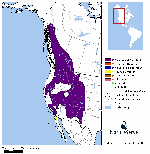
Enlarge Map
External Sites:
Cornell
USGS
Image Search | Very similar to Black-capped Chickadee in appearance and vocalizations.
Mountain Chickadee has distinctive white eyebrow.
Sound: Fee-bee-bee instead of fee-bee.
Black on throat generally more extensive than shown here. | 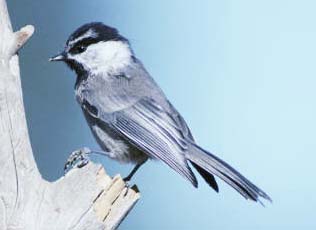
Photo: Dave Menke USFWS Oregon
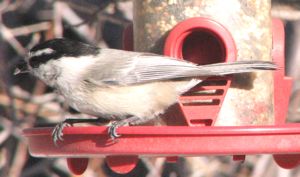
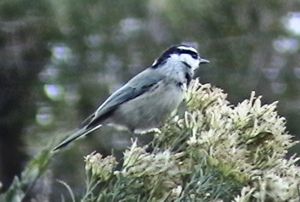
Pot Creek, Talpa, NM |
| Kinglets and Gnatcatchers |
Ruby-crowned Kinglet
Regulus calendula
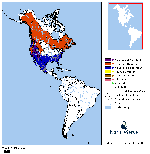
Enlarge Map
External Sites:
Cornell
USGS
Image Search | In the summer, this species is found breeding at higher altitudes. Singing individuals are very common in nearby high mountain forests such as Amole Canyon above Vadito.
The species winters in the Dixon/Embudo area where it is usually heard before seen, making a harsh, attention getting "juh-juh" in shrubs and low trees along the Río Embudo. | 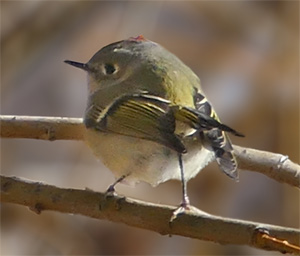
Taos, Photo: John Lay Enlarge |
| Thrushes and their Allies |
Mountain Bluebird
Sialia currucoides
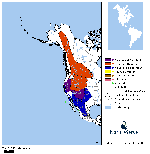
Enlarge Map
External Sites:
Cornell
USGS
Image Search | | 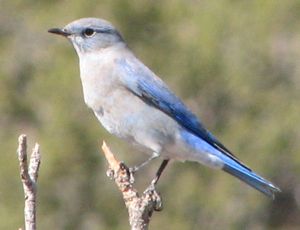
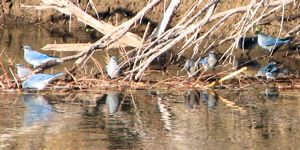
Enlarge |
Hermit Thrush
Catharus guttatus
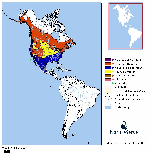
Enlarge Map
External Sites:
Cornell
USGS
Image Search | | 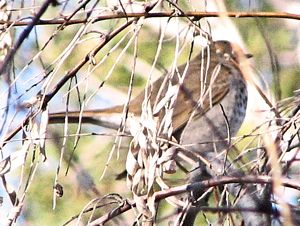 |
| Finches and Old World Sparrows |
Cassin’s Finch
Carpodacus cassinii
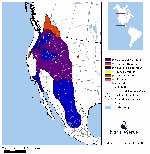
Enlarge Map
External Sites:
Cornell
USGS
Image Search | Very similar to House Finch.
Female (Upper Photo) has cleaner, more well defined streaking than House Finch.
Note white eyebrow.
Male Cassin's (Lower Photo), unlike House Finch, is clear breasted. Cassin's has less extensive red than House Finch, but with a well defined red crown patch.
Bill appears less curved than House Finch bill. | 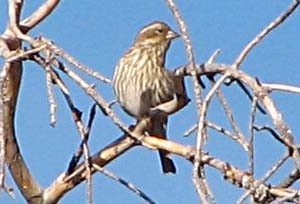
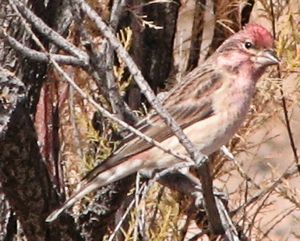 |














